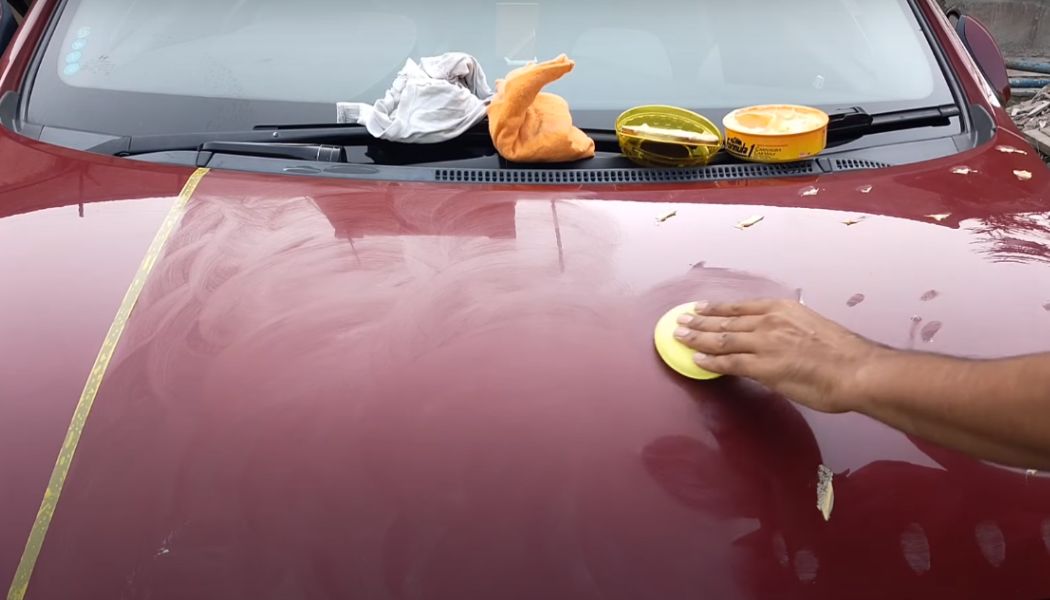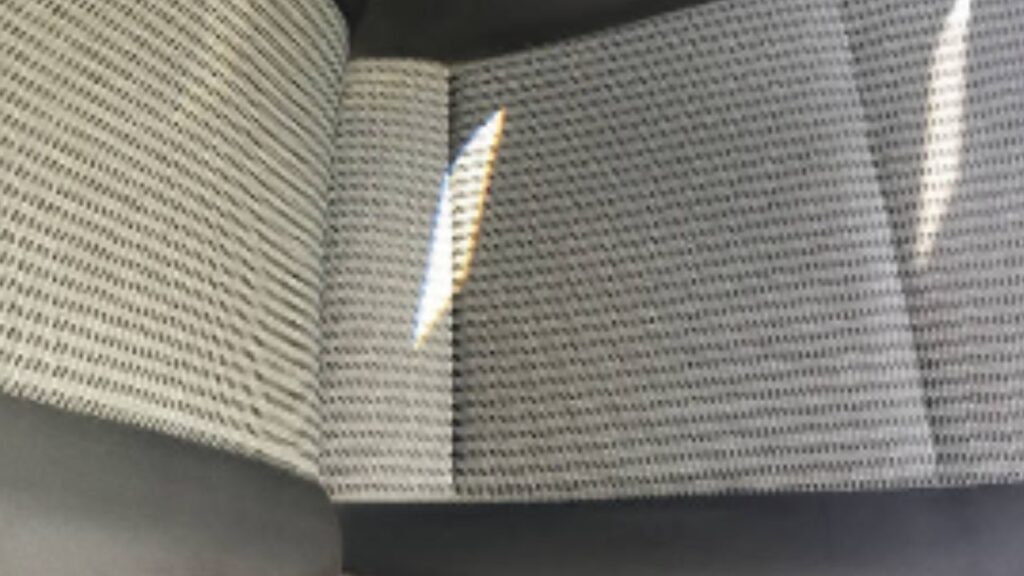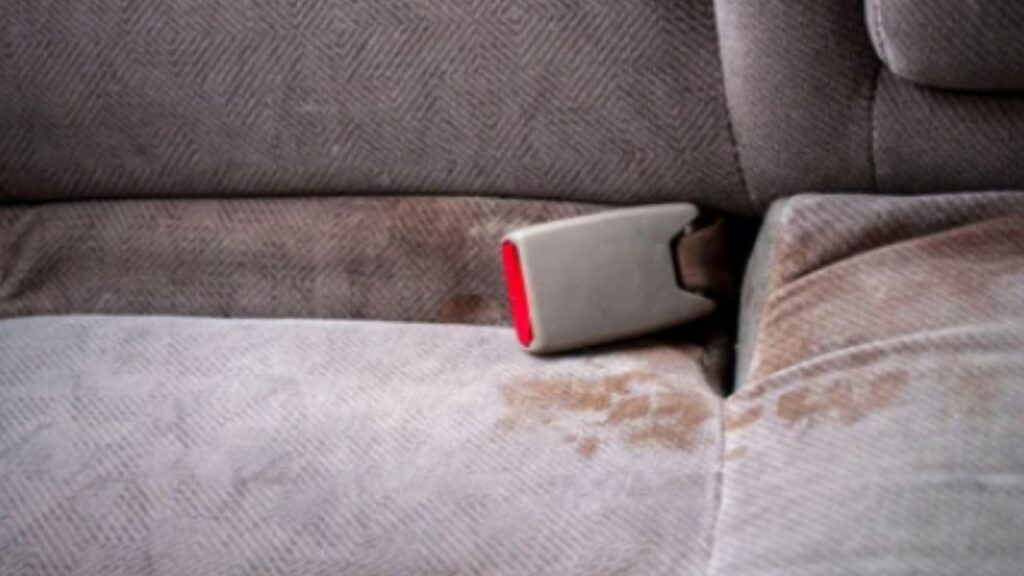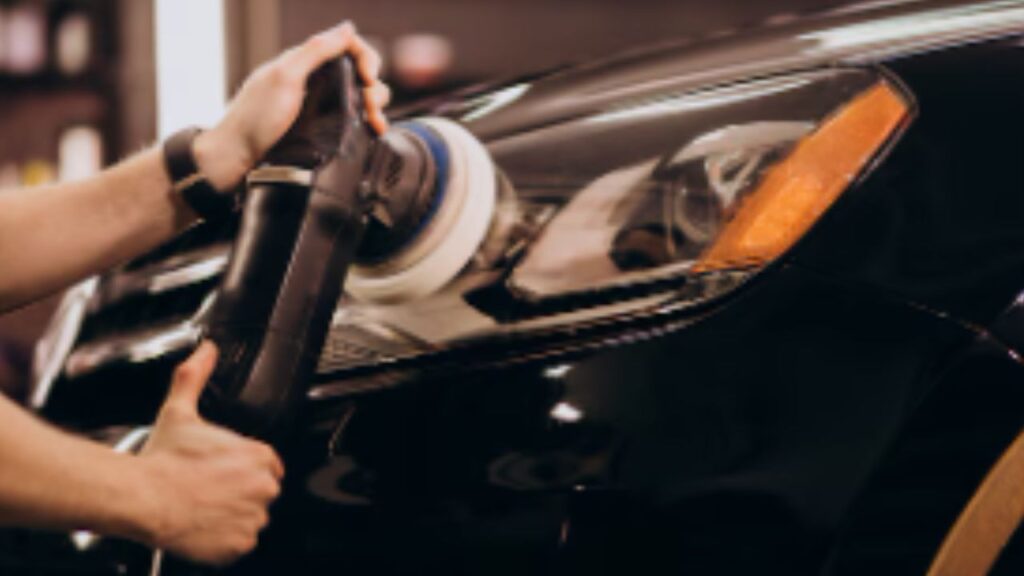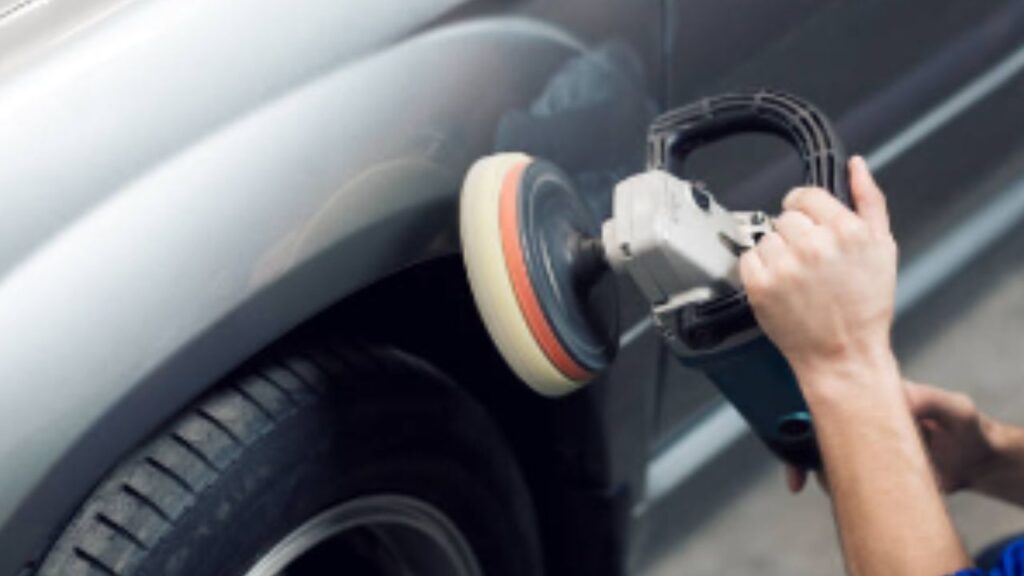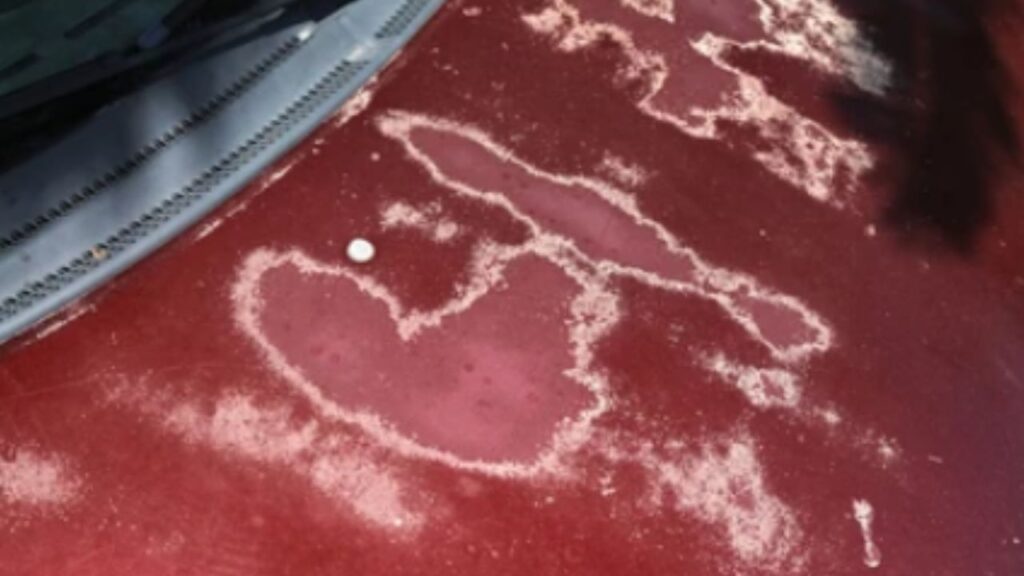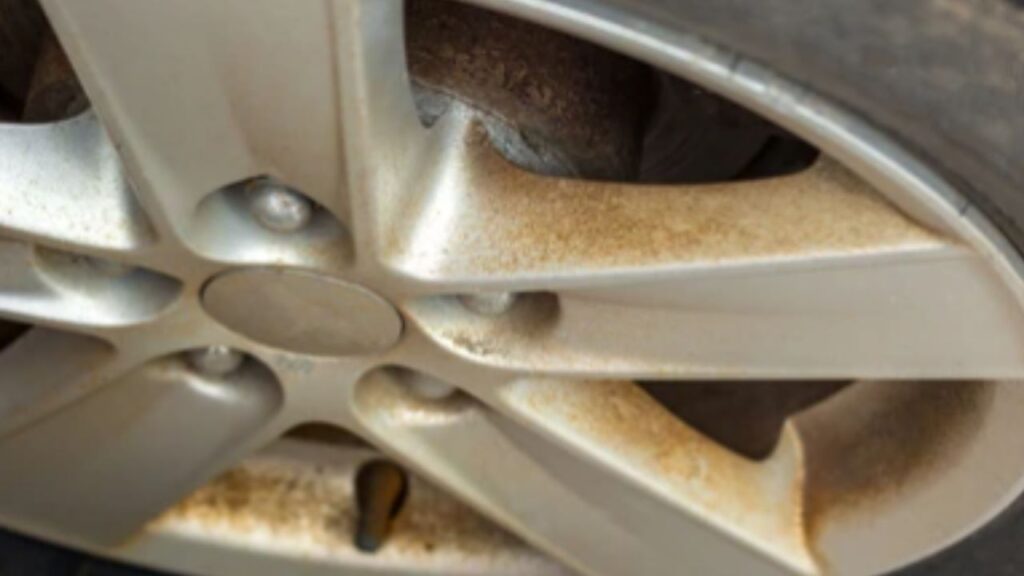Have you ever wondered what car wax really does for your vehicle? Many of us spend time and money keeping our cars clean, but is waxing just about achieving that showroom shine, or is there more to it? If you’re like most car owners, you might think wax is simply a cosmetic treatment. But what if waxing plays a crucial role in protecting your car’s paint from the harsh elements it encounters every day?
From relentless UV rays to rain, dust, and grime, your car’s exterior faces constant threats. So, how does car wax protect your vehicle? Does it go beyond aesthetics to provide real, long-term benefits for your car’s health? These are important questions to consider, especially if you want to preserve your car’s value and longevity.
In this post, we’ll dive into the science behind car wax and explore its true purpose. Whether you’re an avid car enthusiast or someone looking to extend the life of your vehicle’s paint, understanding what does car wax do can make a big difference in how you care for your car. Ready to discover the answer? Let’s get started!
Table of Contents
ToggleWhat is a Car Wax?
Car wax is a protective coating that you put on your car’s exterior to protect the paint and make it look better. There are different types of car wax, like natural waxes such as carnauba and synthetic ones made from advanced materials. Car waxing has been around since the early days of cars, starting with natural substances like animal fats. Over time, car waxes have become much better, giving more protection and a shinier finish.
Natural waxes, like carnauba wax from plants, give your car a deep, warm shine that many people love. But, you might need to apply them more often. Synthetic waxes, made from special chemicals, last longer and are easier to use. They provide a strong, glossy finish that can handle tough weather. Knowing the differences between these waxes can help you choose the best one for your car.
So, what does car wax do? It adds a layer of protection and makes your car look great, whether you use natural or synthetic wax.
How Does Car Wax Work?
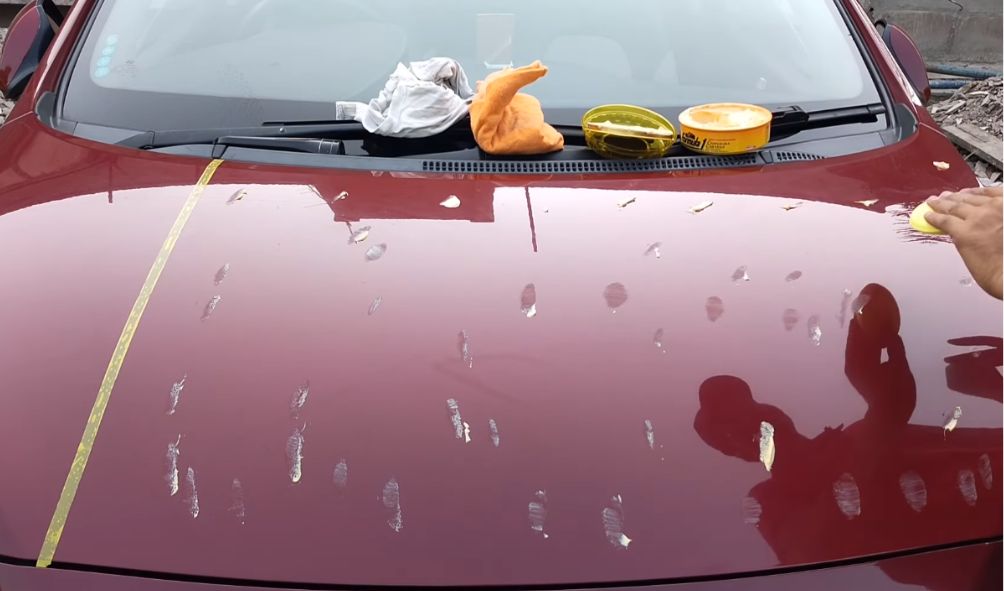
Understanding what car wax does is quite simple and interesting. Car wax forms a protective layer on your car’s paint. This layer keeps water, dirt, and other harmful things from sticking to your car and causing damage. Car wax is made of oils, resins, and solvents that help it stick to the paint and create a smooth, shiny finish.
When you apply car wax, you spread it evenly over your car’s surface. After a few minutes, the wax dries and turns hazy. You then buff it off with a clean cloth to reveal a shiny, protected surface. This process not only makes your car look great but also protects it from the sun’s UV rays, acid rain, and bird droppings. Knowing how car wax works helps you understand its role in keeping your car in top condition. So, what does car wax do? It adds a protective barrier and makes your car look shiny and new.
Benefits of Using Car Wax
Using car wax has many benefits that go beyond just making your car look good. One of the main benefits is that it protects your car’s paint from harmful UV rays. These rays can make your car’s paint fade and oxidize over time. Car wax creates a layer that repels water, which means dirt and other harmful stuff won’t stick to your car’s paint. This makes cleaning your car much easier.
The wax also protects the paint from things like bird droppings, tree sap, and road salt. These can cause a lot of damage if not taken care of. Regular waxing also makes your car’s color look deeper and clearer, giving it a showroom-like finish.
From my experience, keeping a regular waxing schedule not only keeps your car looking great but also extends the life of the paint. This means you won’t need to spend money on repainting or touch-ups as often. So, what does car wax do? It protects your car and keeps it looking new, making it a crucial part of any car care routine.
Read More: Car Wax Before and After Results
Types of Car Wax
When choosing car wax, you have several options, each with its pros and cons. The main types are paste wax, liquid wax, spray wax, and hybrid waxes.
Paste wax is loved by many car enthusiasts for its rich, deep shine and long-lasting protection. It takes more effort to apply and buff off, but the results are impressive.
Liquid wax is easier to put on and take off, making it a good choice if you want a quick and efficient waxing process. It gives a nice shine and decent protection, though it might not last as long as paste wax.
Spray wax is the most convenient. It’s perfect for touch-ups and keeping your car looking freshly waxed between major waxing sessions. It’s easy to apply and buff off, which is great if you have a busy schedule.
Hybrid waxes combine natural and synthetic ingredients, offering the best of both worlds. They provide the deep shine of natural waxes and the durability of synthetic ones.
So, what does car wax do? Each type of wax protects your car and enhances its appearance. By understanding the different types, you can choose the best wax for your car based on your needs and how much time you want to spend on maintenance.
How to Apply Car Wax
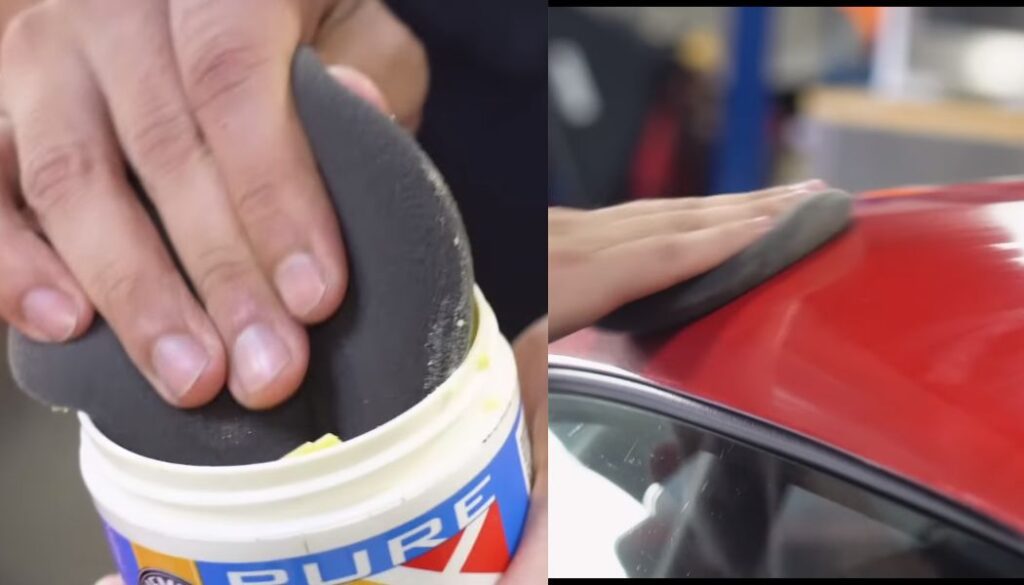
Applying car wax the right way is key to getting the best protection and shine for your vehicle. First, you need to prepare your car. Wash it thoroughly to remove all the dirt and grime. Make sure to dry your car completely because waxing a wet car can cause streaks and uneven coverage.
Once your car is clean and dry, pick the right wax and follow the instructions on the label. Usually, you’ll need a foam applicator pad. Put a small amount of wax on the pad and spread it evenly over your car’s surface using small, circular motions. Work in sections to make sure you cover the whole car evenly.
After you apply the wax, let it dry until it looks hazy. This usually takes a few minutes. Then, use a clean microfiber cloth to buff the wax off, revealing a shiny, protected finish.
Avoid common mistakes like using too much wax, which can make the surface look cloudy, and not letting the wax dry fully before buffing it off. As a general rule, waxing your car every three months keeps it well-protected and shiny, though this can vary based on your driving conditions and the type of wax you use.
So, what does car wax do? When applied correctly, it protects your car’s paint and gives it a beautiful shine, making your car look great and last longer.
Myths and Misconceptions About Car Wax
There are many myths about car wax that can confuse car owners. One common myth is that you don’t need to wax a new car because the factory finish is enough. This is not true. Even new car paint can benefit from a protective wax layer to keep it safe from environmental damage and to keep it looking new.
Another myth is that all car waxes are the same. As we have discussed, there are different types of wax, each offering different benefits and levels of protection. It’s important to choose the right one for your needs.
Some people believe that waxing can damage the car’s paint. This is also false. When applied correctly, car wax actually protects the paint. Additionally, some think that waxing is a one-time process. In reality, regular waxing is needed to maintain the protective layer and ensure ongoing protection from the elements.
So, what does car wax do? It provides essential protection and keeps your car looking great. Clearing up these myths helps you make better decisions about your car care routine.
Choosing the Right Car Wax for Your Vehicle
Picking the right car wax is important for keeping your car protected and looking great. Here are some simple tips to help you choose:
- Type of Car: If you have a luxury or classic car, go for high-quality natural waxes like carnauba. They give a deep, rich shine.
- Car Usage: For cars you drive every day, especially in tough weather, use a durable synthetic wax. It lasts longer and protects better.
- Climate: In harsh weather (very sunny or snowy), pick a wax with strong UV protection and resistance to road salt.
Popular brands like Meguiar’s, Turtle Wax, and Chemical Guys have great options. Meguiar’s Ultimate Liquid Wax is easy to apply and lasts long. Turtle Wax’s Hybrid Solutions Ceramic Wax repels water well.
Experts often suggest hybrid waxes because they combine the best of natural and synthetic waxes. They are easy to use and very durable.
So, what does car wax do? It protects your car’s paint and keeps it shiny. The best wax for you depends on your car type, how you use it, and the weather where you live.
Conclusion
To sum up, car wax is very important for keeping your car’s paint looking good and staying strong. Knowing the different types of wax, how to apply them, and what makes them work best helps you take better care of your car. Regular waxing makes your car look shiny and new and protects it from things like sun, rain, and dirt.
I recommend all car owners to wax their cars regularly. With the right knowledge and products, you can get a professional-level finish at home. Start looking at the different types of car wax and find the one that fits your needs best. Your car will look great and stay protected for longer.
So, what does car wax do? It keeps your car shiny and protects the paint, making your car last longer and look better.
Frequently Asked Questions (FAQs)
What exactly does car wax do for my car’s paint?
Car wax forms a protective layer over your car’s paint, shielding it from environmental elements like UV rays, dirt, and moisture. It enhances the shine and helps maintain the color and finish of the paint.
Does waxing protect my car from scratches and sun damage?
Yes, car wax provides a protective barrier that can prevent minor scratches and swirl marks. It also helps block harmful UV rays, reducing the risk of paint fading due to sun exposure.
How often should I wax my car to maintain its shine?
It’s recommended to wax your car every 3-4 months, depending on factors like climate and how often your car is exposed to harsh conditions. Frequent washing or driving in rough environments may require more frequent waxing.
Is waxing necessary if my car has a clear coat finish?
Yes, even with a clear coat, waxing adds an extra layer of protection. The clear coat alone isn’t enough to protect against contaminants like bird droppings, road salt, or UV rays.
What’s the difference between car wax and polish?
Car wax protects and enhances the shine of your paint, while polish is used to remove imperfections such as oxidation, swirl marks, and scratches. Wax is applied after polishing to seal and protect the paint.

